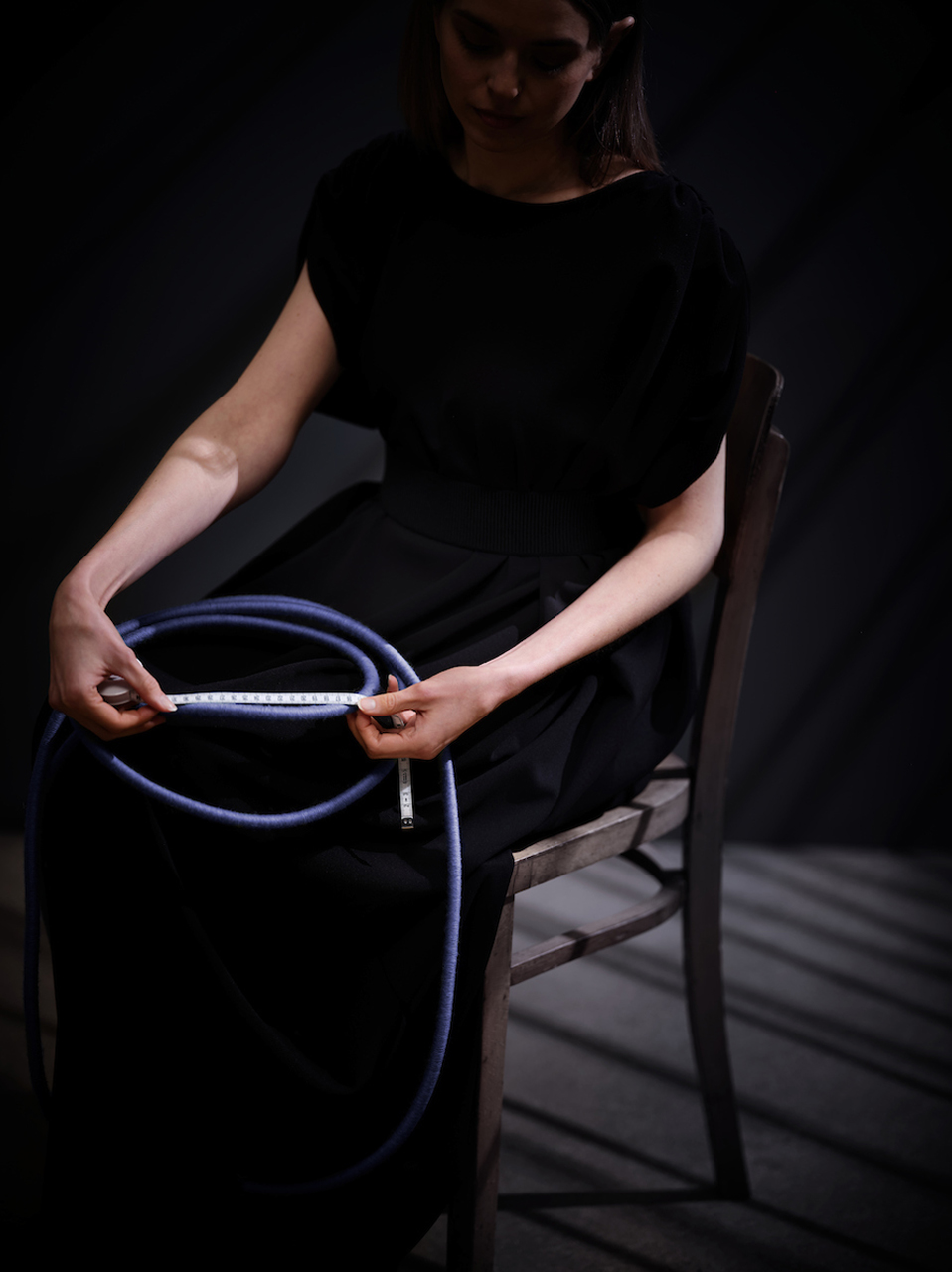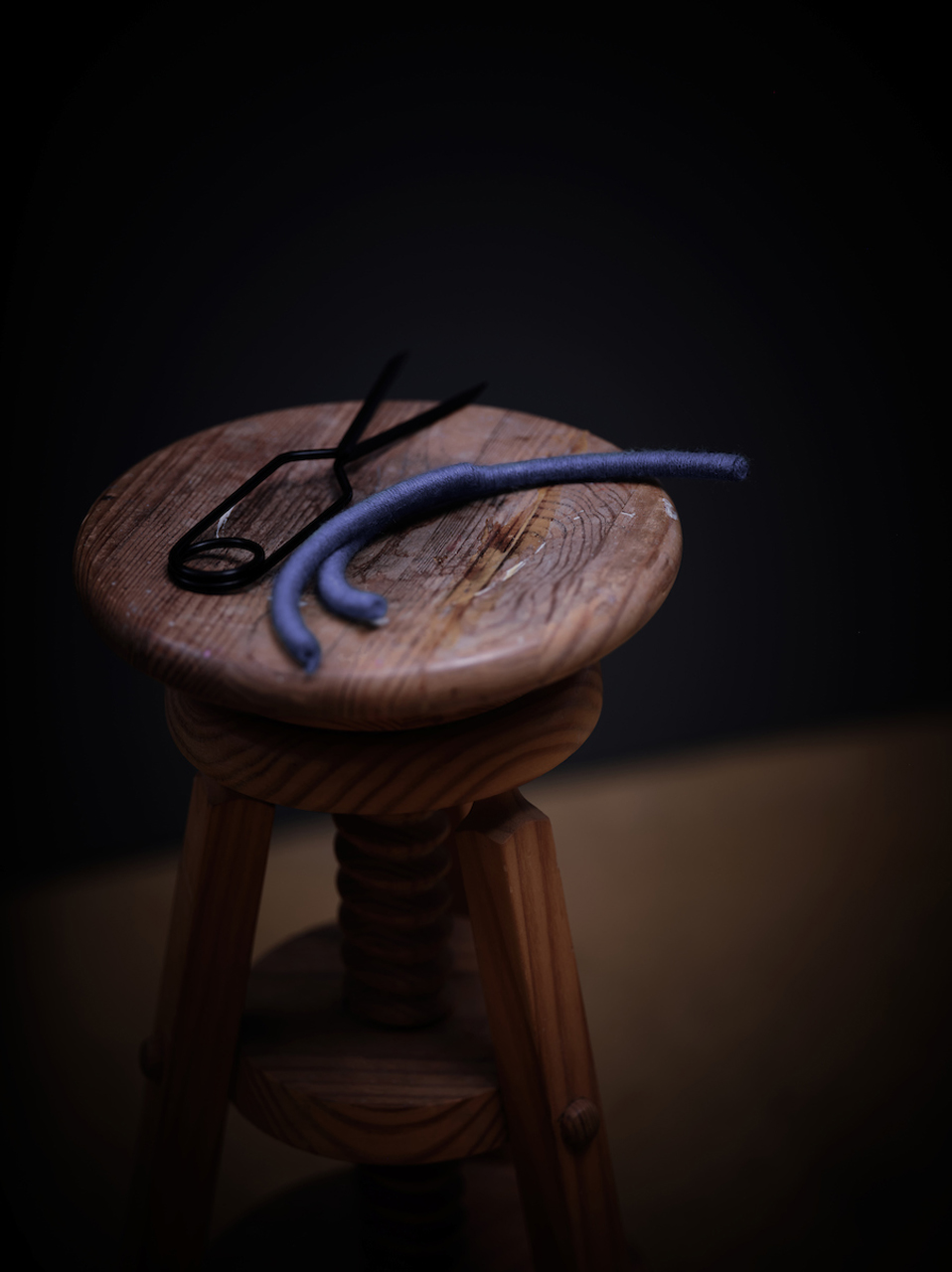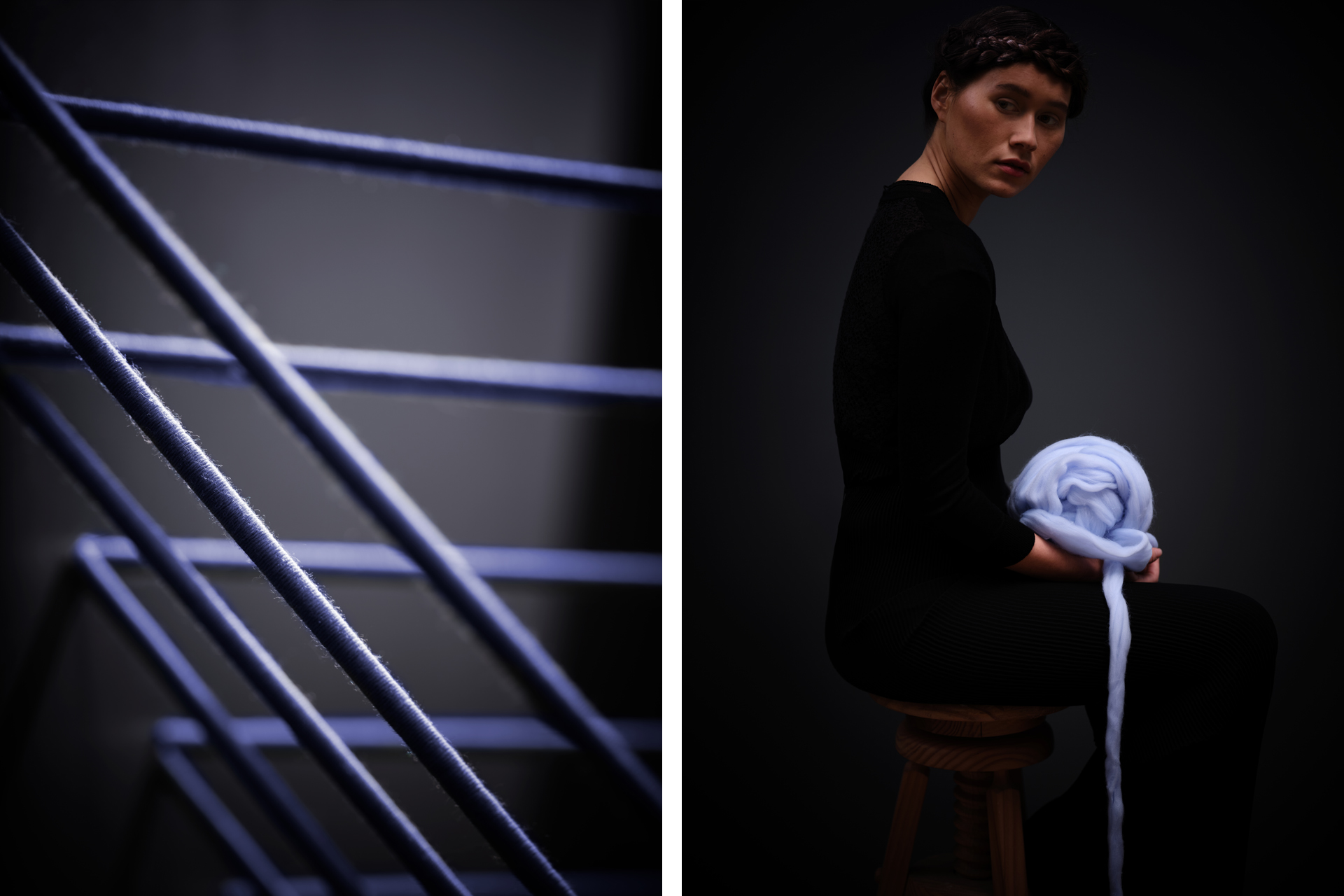Moirai
How do we perceive time? Does the way we perceive time become altered in an environment such as a hospital? How can we improve the way patients and visitors experience waiting? What possibilities and limitations do you encounter when you share your space with other patients?
This website shows the results of my research. By involving various disciplines such as philosophy, psychology, art, theatre, architecture, and design, the relation between time and hospitals is placed in a broader context.

I have named the project after the Moirai, the Three Fates of Greek mythology that together determine a person’s fate. (Moira is an Ancient Greek concept meaning something like destiny, fate, or share.)
The three Moirai – Clotho, Lachesis, and Atropos – represent the three stages of life: birth, life, and death. In this Greek myth, time is symbolised by a thread: Clotho spins the thread of life, Lachesis measures it, and Atropos cuts it. With this project, I want to influence the fate of the waiting patient in a positive way.
All the text has been translated into both English and Arabic. English is the most frequently spoken working language amongst foreigners and immigrants, while Arabic is spoken by a vulnerable group in our society– legal residents and refugees from the Middle East. By making this website trilingual, I hope to stimulate inclusiveness.
Siba Sahabi – editor in chief

Acknowledgements
Acknowledgements
The Moirai project was made possible with the financial support of the Creative Industries Fund NL.
My special thanks go to psychologist and writer Marcelino Lopez, who has guided the Moirai project from beginning to end and has contributed a couple of articles. His feedback was quite valuable and decisive for the process.
I would like to thank graphic designer Thijs Verbeek and documentary filmmaker Chris Rijksen for their creativity, expertise, and commitment. They have taken all the research results and put them into images, text, and sound in both the accompanying magazine and the series of podcasts entitled De Wachtruimte.
I wish to thank the Albert Schweitzer hospital, the Amsterdam UMC – Locatie AMC and architectural historian Cor Wagenaar for their substantive contributions.
Leston Buell and Ahmed Gad produced professional translations of all texts into English and Arabic.
I would also like express my heartfelt thanks to the following writers, designers, and artists for their valuable and inspiring contributions: photographer Arjan Benning, AtelierNL design studio, artist Christiaan Bastiaans (courtesy of kunstcollectie AMC), font designer Lara Captan, photographer Ellie Davies, philosopher Laurens Landeweerd, Druid theatre company, designer Sanne van de Goor, Humans sinds 1982 design studio, photographer Myoung Ho Lee (courtesy of Yossi Milo Gallery), photographer Anna Orłowska, font designer Kristyan Sarkis, illustrator Joost Stokhof, journalist Anita Twaalfhoven, and designer Nel Verbeke.
And finally, I am tremendously grateful for the following patients and hospital staff for sharing their personal stories and experiences: Eva, Kristel, Cor-Jan, Edmee, Pieter en Erwin.
